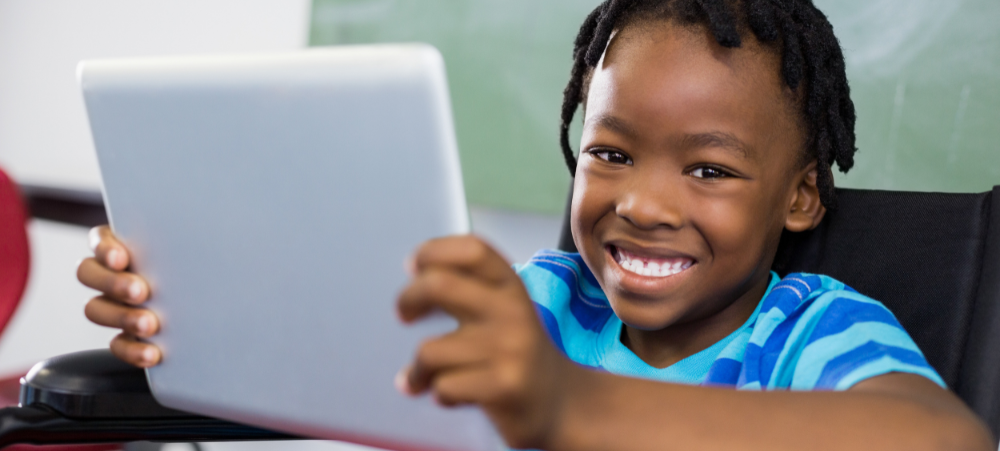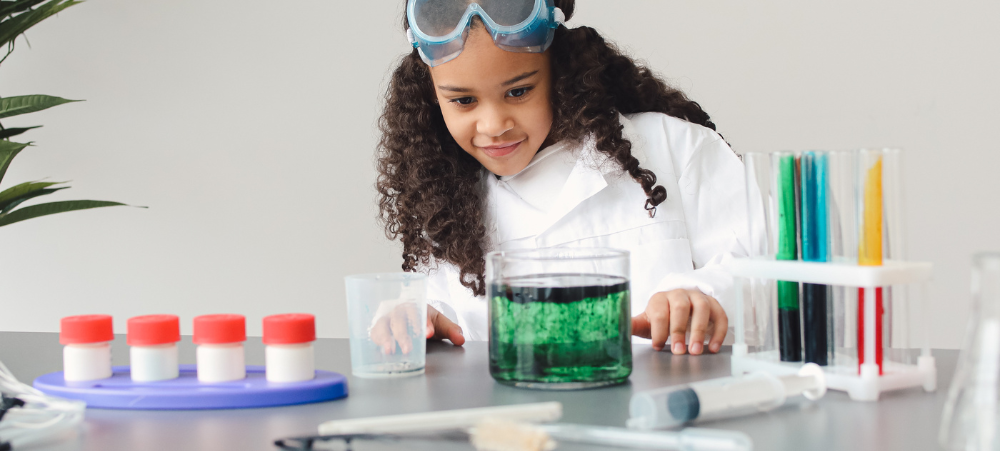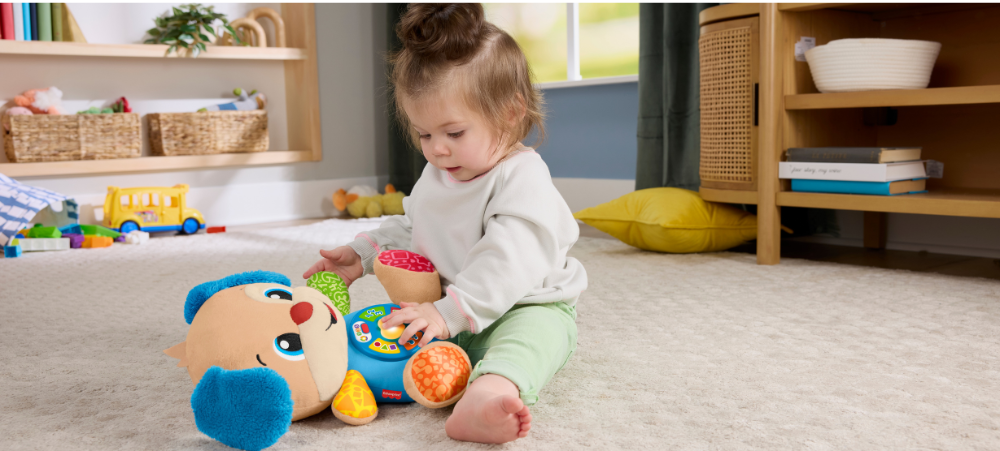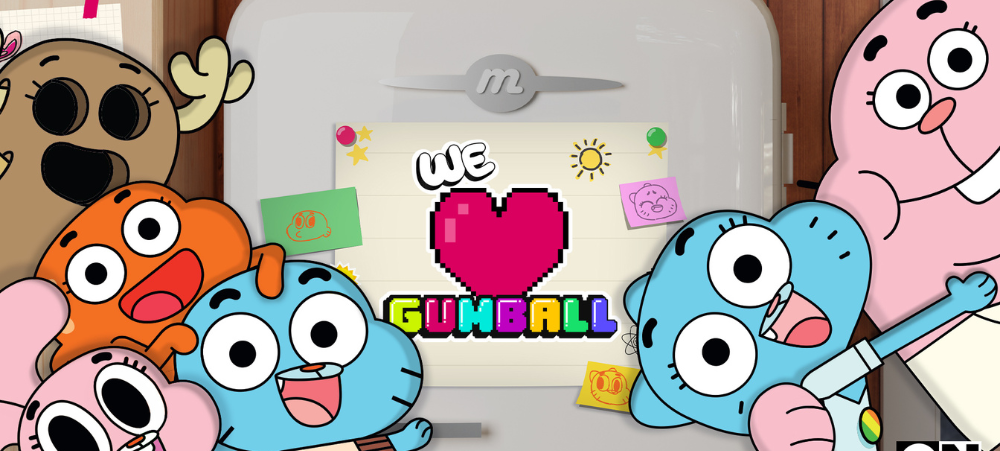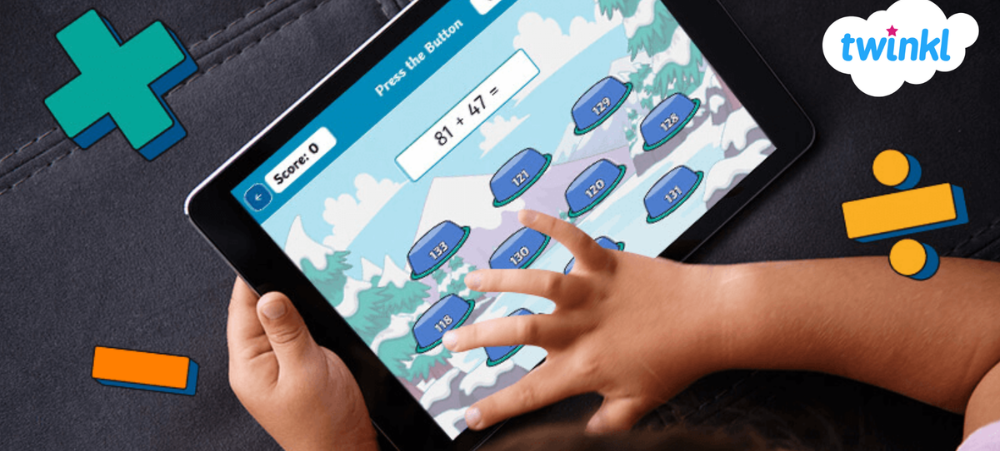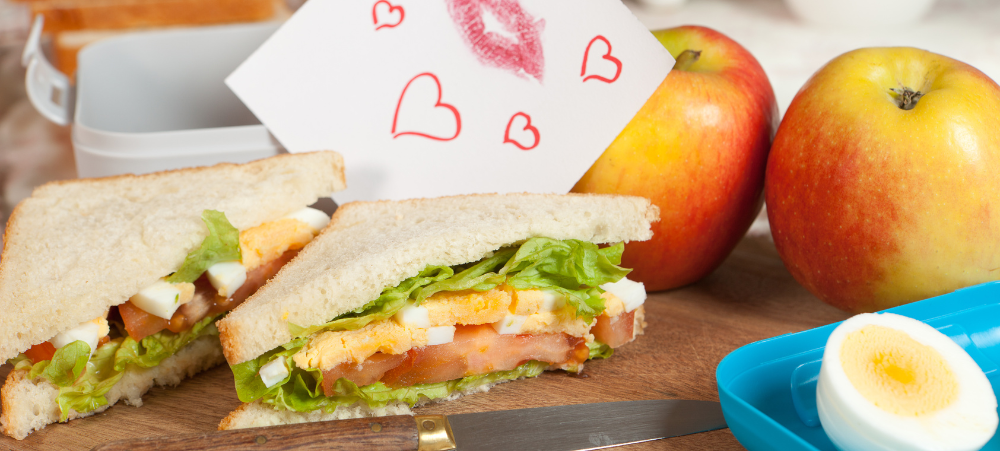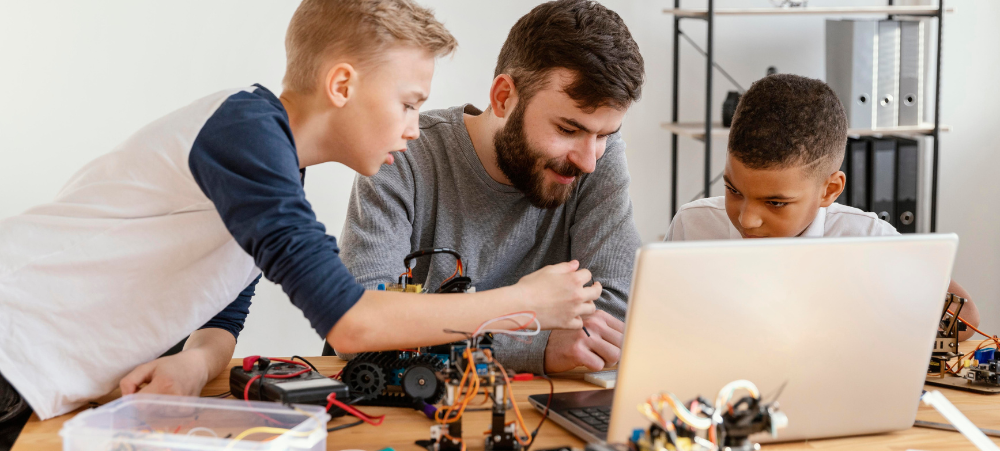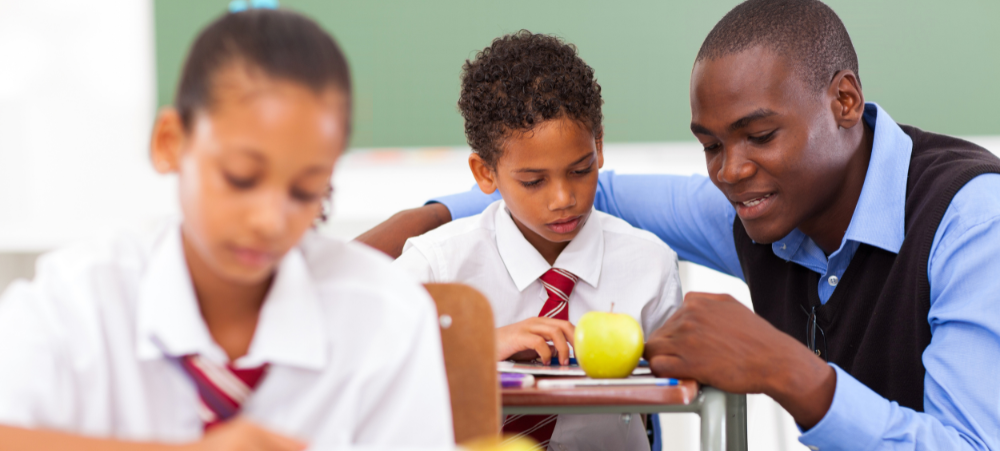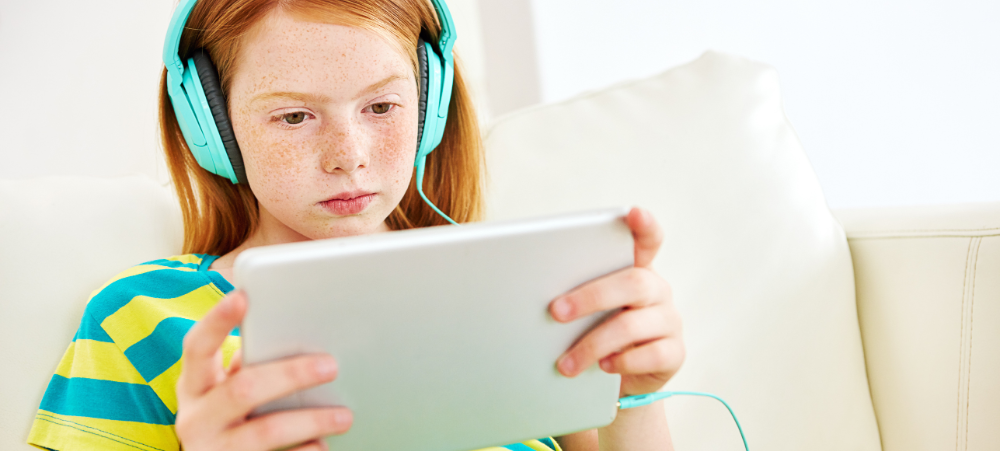Snuggle up and press play — the Cartoonito Movie Star Holidays are here! From Monday, 30 June to Sunday, 13 July, it’s non-stop fun for the whole family. Whether your kids are chasing mysteries with Scooby-Doo, climbing beanstalks with Tom and Jerry, or zooming to Mars with the Rabbids, this holiday season is packed with giggles, adventure and screen time that brings everyone together. Here’s what’s in store: 📅 Monday, 30 June – King Tweety Winter kicks off with a royal twist! When the Queen of a tropical island disappears, Tweety suddenly finds himself wearing the crown. But royal life isn’t all birdseed and sunshine — especially with Granny and Sylvester tagging along. Expect laughs, feathers, and a lot of fun! 🕘 Airs at 9:40 CAT 📅 Tuesday, 2 July – Rabbids Invasion: Mission to Mars Hibernation Rabbid joins a wild crew on a mission to Mars! With a disco diva, a daring pilot, and a pocket-sized powerhouse, this unlikely team proves that courage, heart (and chaos) can take you anywhere — even to outer space. 📅 Wednesday, 3 July – Scooby-Doo! & Batman: The Brave and the Bold Two legendary forces unite! When an old mystery haunts Batman, he calls on the Mystery Inc. gang to help. With clues, capes, and comedy galore, this epic crossover will have kids (and grown-ups) glued to the screen. 📅 Thursday, 4 July – Looney Tunes Rabbits Run Lola Bunny invents an invisibility spray, and suddenly she and Bugs are on the run! With spies and villains chasing them across the city, this Looney Tunes ride is packed with mischief, mayhem, and magic. 📅 Friday, 5 July – Scooby-Doo and the Legend of the Vampire The gang heads to Australia for a rock concert — but when a legendary vampire crashes the party, Scooby and friends must disguise themselves as a band to crack the case. 📅 Saturday, 6 July – Scooby-Doo and the Loch Ness Monster Next stop: Scotland! Daphne’s cousin is being haunted by the infamous Loch Ness Monster, and only Mystery Inc. can uncover the truth in this misty, mysterious tale. 📅 Sunday, 7 July – Tom and Jerry’s Giant Adventure Tom, Jerry, and Jack climb a magical beanstalk to save their fairytale theme park. It’s giants, golden eggs, and classic cartoon chaos all the way up! 📅 Monday, 8 July (Double Feature!) 📅 Tuesday, 9 July – Tom and Jerry: Cowboy Up! It’s a Wild West showdown! Tom, Jerry, and friends band together to save a ranch from a sneaky land-grabber. Yeehaw! 📅 Wednesday, 10 July – Tweety’s High-Flying Adventure Can Tweety fly around the world in 80 days? With Sylvester on his tail and a globe full of Looney surprises, this epic journey is full of fun and feathers! 📅 Thursday, 11 July – Tom and Jerry: The Magic Ring When a magical ring gets stuck on Jerry’s head, chaos follows! It’s up to Tom to catch him before things get too out of hand. 📅 Friday, 12 July – Scooby-Doo and the Cyber Chase Zapped into a video game, Scooby and the gang must beat 10 wild levels to escape. Virtual villains and retro fun await! 📅 Saturday, 13 July – Tom and Jerry: Shiver Me Whiskers It’s anchors aweigh as Tom and Jerry go on a treasure hunt with pirates. Expect sword fights, sea shanties, and slapstick fun! 📅 Sunday, 14 July – Tom and Jerry: Snowman’s Land The holiday fun wraps up with snowy laughs! Jerry and Tuffy’s snow mouse comes to life, and the winter wonder unfolds in this charming, music-filled tale. Make Movie Time Family Time! Whether it’s Scooby sniffing out clues or Tweety dodging danger, Cartoonito has your school holiday entertainment covered. Perfect for bonding, giggling, and making popcorn memories — one movie at a time. 📺 Don’t miss a single moment – only on Cartoonito!#MovieStarHolidays #CartoonitoAfrica #FamilyTime #SchoolHolidayFun Don’t miss a moment — make screen time family time! 📺 Premiere: Monday 30 June 2025 ⏰ Tune-in: Everyday @ 9:40 CAT







